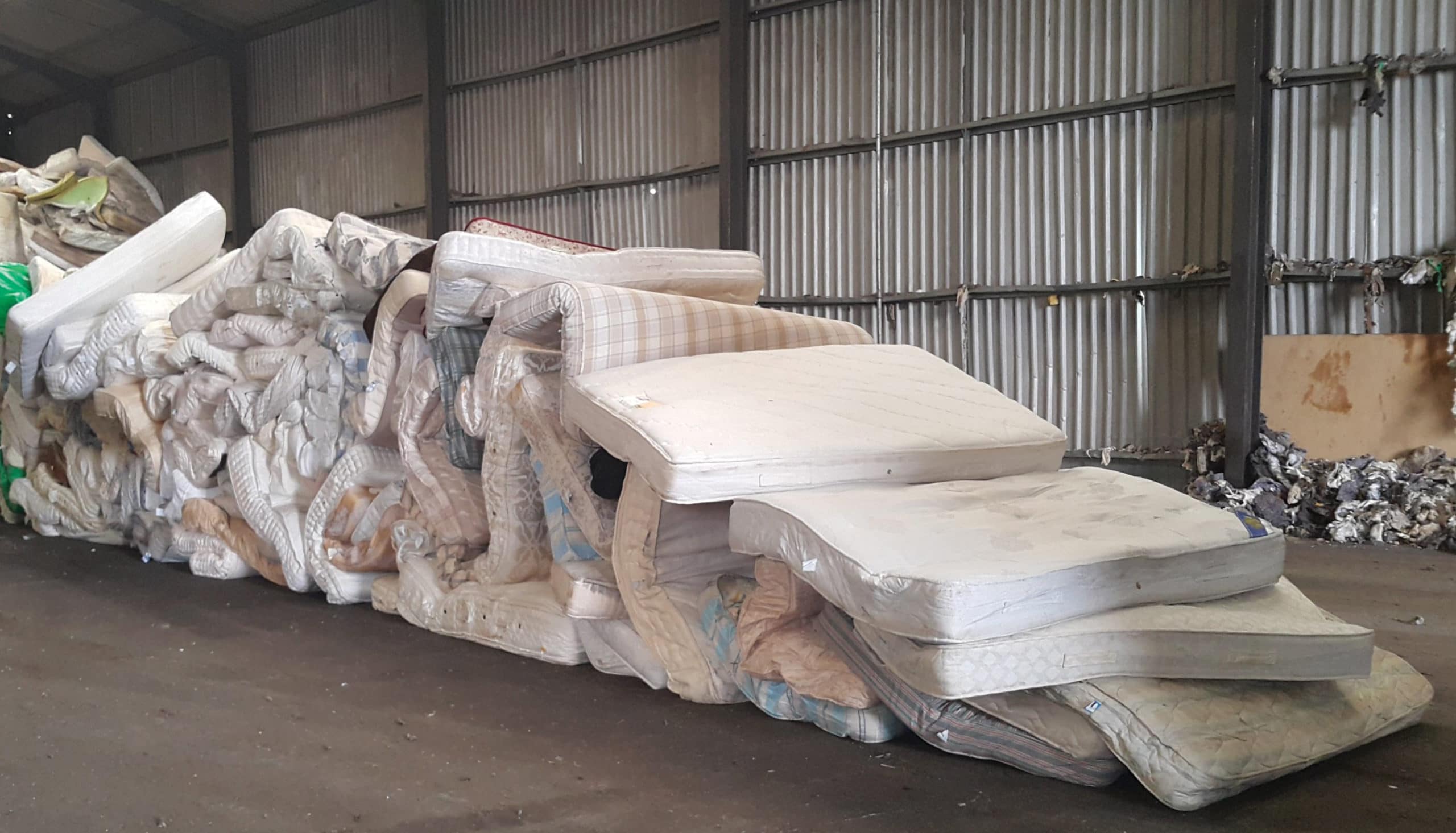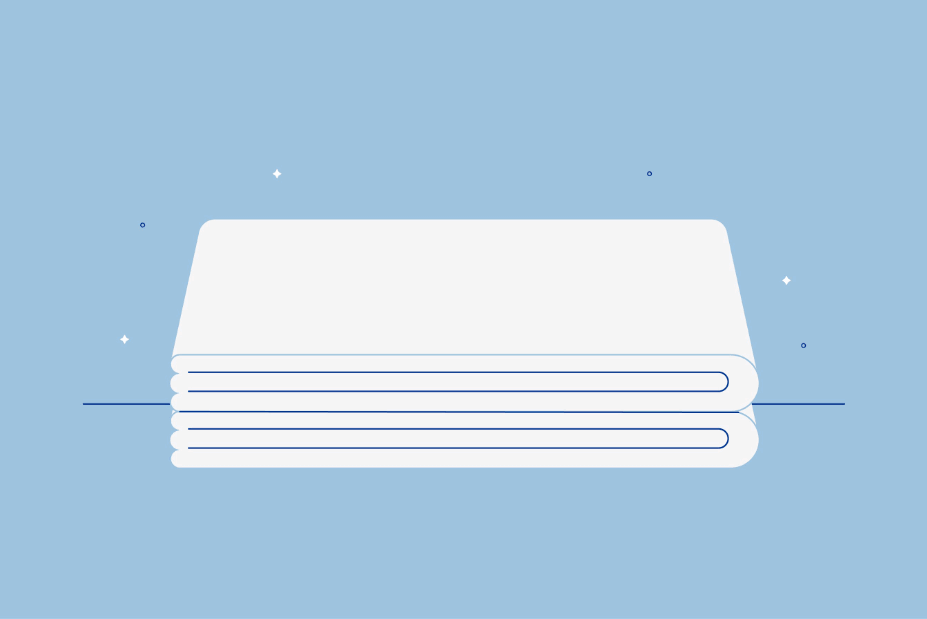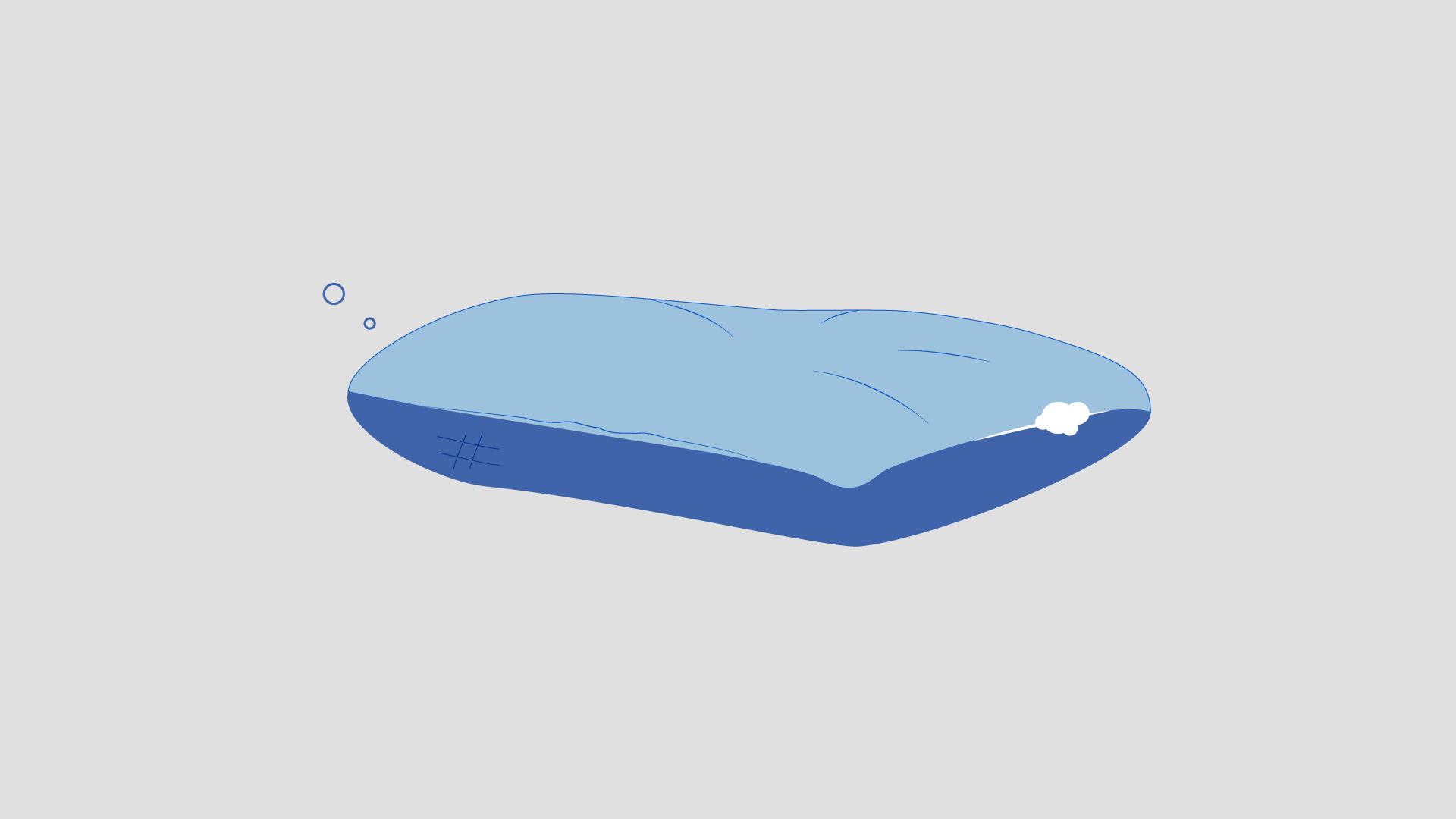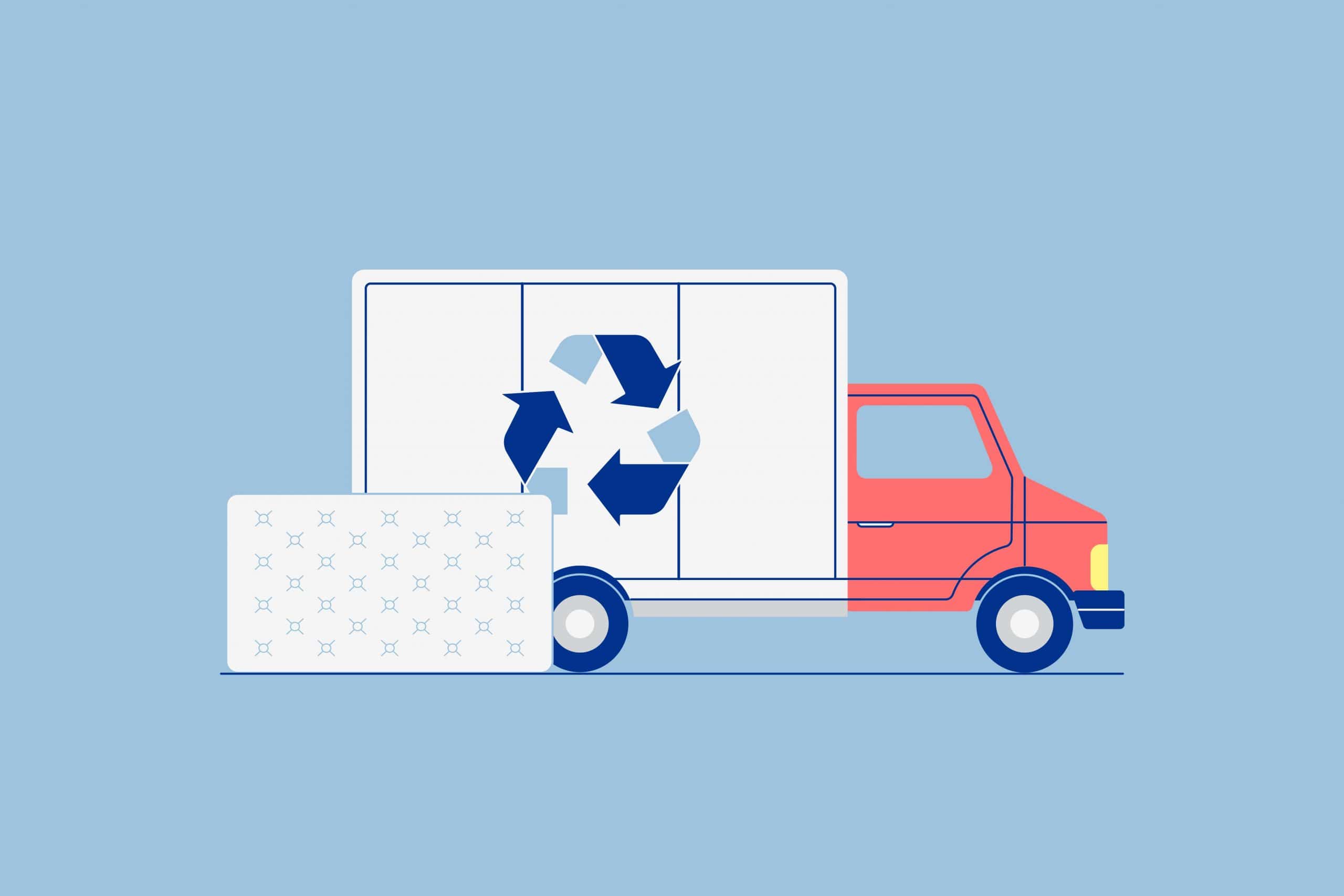Key Takeaways
- What Is Mattress Recycling: Mattress recycling is an important practice as millions of mattresses are discarded each year, contributing to overflowing landfills and environmental issues. Recycling involves disassembling mattresses and repurposing materials such as metal springs, foams, fibers, fabrics, wood, and upholstery for various applications.
- Why Recycle Mattresses: Recycling mattresses helps reduce your carbon footprint, extend the lifespan of landfills, and prevent habitat encroachment. Some states are implementing mattress recycling requirements, further promoting the practice and reducing its cost.
- How to Recycle Mattresses: You can find nearby recycling options through directories like Earth911.org or through mattress retailers. If recycling facilities are unavailable in your area, consider alternative eco-friendly options like reselling your mattress, donating it to organizations like furniture banks or shelters, or repurposing its components for various projects.
You’ve heard about recycling paper and plastic, but did you know you can recycle your mattress, too?
Americans dispose of up to 20 million mattresses each year according to industry sources, adding as much as 800 million cubic feet to landfills. That’s a lot of springs and foam!
This is especially problematic at a time when many cities and states are grappling with mounting trash heaps and dwindling landfill space. Mattresses also pose ongoing problems after they’ve hit the trash heap.
Luckily, there is something you can do about it…
Mattress Recycling 101
The burgeoning recycling industry and states pressured for landfill space have been making mattress recycling a priority in recent years. Learn why you should recycle your next mattress and how to do it.
Why Mattress Recycling?

Landfills are already overflowing, and there is a finite amount of trash they can hold.
The average American discards about 1,600 pounds of trash per year, and mattresses take up a lot of space, with each bed occupying 20 to 60 cubic feet. Recycling your bed can help reduce your carbon footprint, and helps existing landfills last longer.
When old landfills become too full, we have to make new ones, further encroaching on animal habitats and reducing space that could be used for other things for many decades to come. Several urban areas simply do not have the empty space.
Mattresses pose problems once in the landfill as well.
- Mattress materials are often not biodegradable, so they spend decades and even centuries taking up space.
- Their large, heavy-duty frames can damage expensive equipment.
- Chemicals in some materials can leach out into the surrounding soil and groundwater.
Fees are minimal, usually under $15. Many city landfills and mattress retailers charge much more for mattress disposal (often $20 to $50 or more). Several recycling programs are run by non-profit groups as well that offer social benefits to many local communities.
Another good reason? If you live near a mattress recycler or have a community program, it’s also easy. All you have to do is drop the mattress off (some will even come pick it up).
What is Mattress Recycling?
Mattress recycling involves taking apart the components of beds and reusing them in other applications. It is different then mattress refurbishing or renovating, which involves reupholstering and reselling the bed.

Most materials in a mattress can be repurposed once a bed is deconstructed (about 85-90%), and enterprising entrepreneurs are constantly developing new ways to use old bedding.
- Springs & Coils: Metal can melted and made into new items.
- Foams: Mattress foams can be shredded and used in carpet padding , moving pads, and as a fuel source.
- Fibers: Cotton and other fibers can used in filters, insulation or burned for fuel.
- Fabrics & Upholstery: Can be reclaimed for use in other items.
- Wood: Can be chipped for mulch or burned for fuel.
How to Recycle Your Mattress
Currently, there are over 50 mattress recycling facilities in North America, and their numbers are growing all the time. Earth911.org maintains a directory of facilities, so you can see if there is one in your area. Simply search “mattresses” and your location. The International Sleep Products Association also hosts a list of mattress recycling facilities.
Some mattress recyclers only accept beds from retail or manufacturing partners, but many allow individuals to drop off beds or will pick them up for a small fee. Many cities also have annual mattress recycling days or community drop off locations.
If you are upgrading to a more comfortable mattress, you can also see if your retailer partners with any mattress recycling programs.

No Recycling Facilities Nearby?
If you live in an area with no nearby mattress recycling facilities or community recycling programs, here are more eco-friendly ways to repurpose your old mattress:
Resell It
If your mattress is still in good, clean condition and simply wasn’t right for you, there’s a good chance you can resell it for a small amount. Local classified ads, garage sales, and Craigslist are excellent places to find a new home for your mattress.
Donate It
Recycling plants aren’t the only places that accept used beds. Other places like furniture banks, homeless shelters and domestic abuse shelters may also welcome beds that are still in decent shape.
For example, near Amerisleep in Arizona, we found five places on Earth911.org that accept used mattresses including non-profit thrift stores and a furniture bank. DonationTown.org is another excellent place to find local places in need of mattress donations.
Mattresses in less than perfect shape (but still sanitary) may be useful to animal shelters or there may be local people that recycle bed parts for art and other projects. Craigslist or Freecycle are good places to list a free mattress for pickup.
Recycle It Yourself
Some recycling plants may not accept complete mattresses, but they may very well accept the components if you break them down yourself. If your bed has coils, they may even pay you a little cash in exchange for the metal.
Repurpose It
While wood and springs can be recycled or sold for scrap, padding and foams can be used to stuff throw pillows and rag dolls, make pet beds or refurbish seating cushions. Fabric scraps can even become rags or be used for stuffing and other projects.
You do the same thing when it comes to using old pillows that aren’t supportive enough for sleep anymore, taking the stuffing for packing material or pet beds.
However, we want to strongly recommend taking apart a bed only if you know for certain it’s a fiberglass-free mattress. If you take apart a mattress with fiberglass, it’s likely to release tiny particles into the air that will also breathing issues and digestive irritation.
Conclusion
Soon, several states including Rhode Island, Connecticut and California will actually require mattress recycling, subsidized in part by mattress manufacturers, retailers, and a small fee when new beds are purchased. A few other states have plans in the works as well.
As mattress recycling becomes more financially feasible and uses are created for the materials, the idea of recycling rather than adding to landfills only going to continue growing, which is big benefit for the environment.
So, next time you buy a new bed or need to get rid of an old one, keep recycling in mind.
You can sleep a little easier on your new bed knowing you helped conserve vital resources, reduce pollution, and extend the life of existing landfills, plus, mattress recycling is cheap and pretty easy, too.
Have you recycled mattresses in the past? Did you reuse your mattress another way besides recycling it?
P.S. If you liked this post, you might also enjoy The DIY Guide to Reduce Fatigue & Excessive Sleepiness or 7 Common Sleep Myths Debunked By Science.
About the author
Rosie Osmun, a Certified Sleep Science Coach, brings a wealth of knowledge and expertise to the health and wellness industry. With a degree in Political Science and Government from Arizona State University College of Liberal Arts and Sciences, Rosie's academic achievements provide a solid foundation for her work in sleep and wellness. With over 13 years of experience in the beauty, health, sleep, and wellness industries, Rosie has developed a comprehensive understanding of the science of sleep and its influence on overall health and wellbeing. Her commitment to enhancing sleep quality is reflected in her practical, evidence-based advice and tips. As a regular contributor to the Amerisleep blog, Rosie specializes in reducing back pain while sleeping, optimizing dinners for better sleep, and improving productivity in the mornings. Her articles showcase her fascination with the science of sleep and her dedication to researching and writing about beds. Rosie's contributions to a variety of publications, including Forbes, Bustle, and Healthline, as well as her regular contributions to the Amerisleep blog, underscore her authority in her field. These platforms, recognizing her expertise, rely on her to provide accurate and pertinent information to their readers. Additionally, Rosie's work has been featured in reputable publications like Byrdie, Lifehacker, Men's Journal, EatingWell, and Medical Daily, further solidifying her expertise in the field.
View all posts



